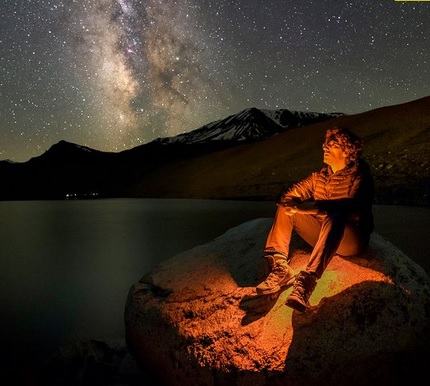The photographer who shares the beauty and wonders of the night sky with people.
Night hides a world, but reveals a universe.
Iranian proverb
The mere sight of the Moon changed his life forever. He longed to become an astronomer, but instead of a telescope, he began using the camera when he discovered the beauty of the captured landscape and night sky. A bright comet started his professional career. Since then, he has traveled around the globe, combining art, science and culture in beautiful images. An exceptional photographer, journalist and amateur astronomer, Babak Tafreshi.
When did you get interested in astronomy and what did it start?
In 1991, at the age of 13 I first viewed the moon through my neighbor’s small telescope. I can still remember that moment second by second, atop my family’s apartment in the middle of Tehran. It was my first view of craters on the moon and I couldn’t believe my eyes. It is amazing that a simple look at the moon can change someone’s life forever.
You started with photography as a teenager. When did you aim your camera to the sky first?
I started night sky photography soon after I acquired my first telescope in the early 1990s. I began to shoot pictures with a simple SLR setup. Gradually I realized that my real passion was not for telescopic photography, but for a combination of night sky and landscape photography. I began to travel to places away from the light pollution in Tehran to areas where natural night skies are still preserved. My first night sky photos were mainly long multi-hour star trails shot on low ISO slide films such as Fujichrome, Velvia 50 and Kodachrome 64. A few years later I began to explore other night sky events such as meteor showers, great comets, and a total eclipse.
Who inspired you in the beginning and did you have a mentor in astrophotography?
After I saw Ansel Adams’ amazing 1942 photo of ‘The Tetons and the Snake River,’ I started exploring his style and trying to emulate it in my own way. My other inspiration and mentor is David Malin, a British-Australian astronomer and probably the world’s most accomplished astrophotographer, now 79. He pioneered color photography of the deep universe on film, discovered new puzzles in the night sky, and inspired so many of us across the world to do science photography.
Did you consider astronomy as your future profession?
Yes I did. I wanted to be an astronomer or planetary scientist, but as I entered the magazine world, I realized the power and importance of science communication. Then I found out how I could implement my photography in the science visual stories I was sharing.
In 1997 you became editor of Iranian astronomy magazine Nojum at age 19. How did this happen?
I started writing for the magazine about deep sky observing using small telescopes when I was in high school and realized my passion for science journalism (besides amateur astronomy and astrophotography.) I was gradually trained by the senior editors in the magazine, and at age 18 started my study of Physics in a university in Tehran.
In March 1997, when I was 19 years old and an editor at Nojum Magazine, an event occurred that turned out to be a milestone. The Comet Hale-Bopp became bright enough to be seen, even from major cities. I travelled to the Alborz Mountains and captured a photo of the comet on ISO1600 film. This photo appeared in a couple of magazine covers and launched my professional photography career.
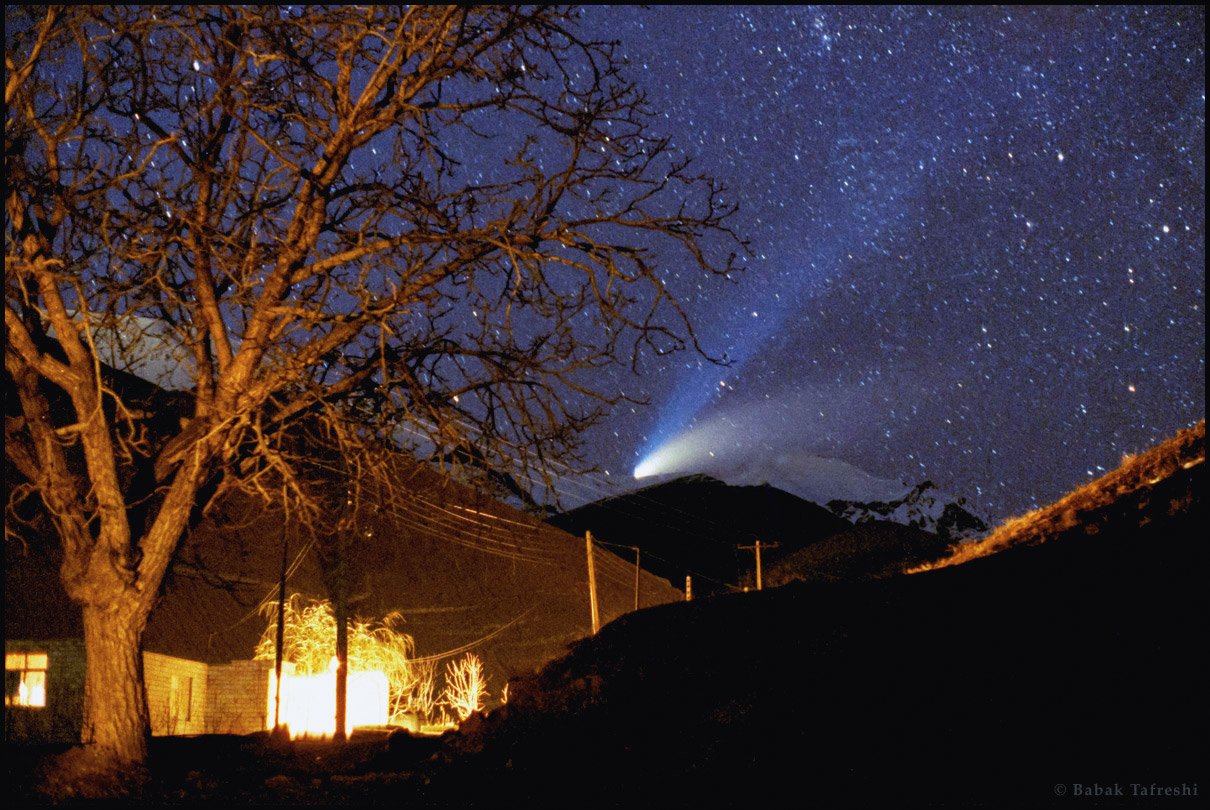
Few years later you started to contribute to Sky and Telescope magazine. How did this cooperation start?
I started in the early 2000s by regularly submitting images to Sky and Telescope and then contributing to an article about Astronomy in Iran, written by my colleague, Mike Simmons (the founder of Astronomy Without Borders). I officially became a contributing photographer in 2008.
In 2007 you founded international project called TWAN (The World at Night). How did the idea to create TWAN come about and for what purpose?
My interest and experiences photographing the night sky gradually developed my belief that the night sky is like a roof above a house of worship; and we all live under that night sky. I wanted to expand this theory and collaborate with other photographers and astronomers to create an organization where we could build a bridge between art, science and culture. I founded The World at Night (TWAN) in 2007. At that time I was a board member of the organization Astronomers Without Borders, and we worked together to establish TWAN. Our purpose is to reclaim the natural beauty of the night sky as an important part of our humanity, which I believe is an essential element for life. I continue to recruit photographers from all over the world who document the state of our night skies, celestial happenings, and dark skies above the world’s greatest natural wonders. One of the enduring functions of TWAN is to reveal, share, preserve and create public interest in the value of naturally dark nights. Too many of us live in light polluted areas that obscure this beauty. We are losing our ability to view truly dark night skies because of light pollution, which increases with each passing year. This is where we share a common goal with IDA (International Dark Sky Association). Already mentioned David Malin is an advisor and team member of TWAN project, he has supported us from the very beginning.
You were a project coordinator of the International Year of Astronomy in 2009. Was it a challenging year?
Yes it was indeed but also rewarding. We had about 100 IYA-TWAN events (exhibits, talks, workshops) in 2009-2010 in about 30 countries.
In the same year you received The Lennart Nilsson Award. This award recognizes outstanding contributions to scientific photography. How did you remember for it?
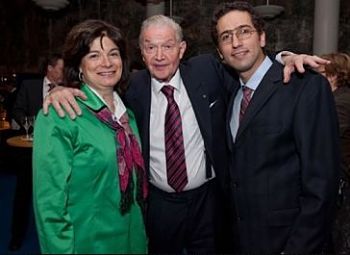
The list of winners of this award includes some of the most inspiring photographers in my career and that meant a true milestone to me. People such as David Malin or NatGeo photographer Frans Lanting. Meeting Lennart Nilsson in person and visiting the lab in Stockholm where he has made many of his science microscopic images was most memorable. Also, I was honored to present a public talk at the Nobel Prize museum and lecture hall.
Thanks to your activities during IAY 2009 you were selected for ESO Photo Ambassador. What is the role of the ambassador?
To produce and present publicly-available images and videos of ESO astronomical observatories, primarily in Chile.
You have traveled all around the globe to capture beautiful photos. How do you choose places where to go?
I travel to most locations based on lecture and workshop invitations I receive from professional organizations. I also travel for National Geographic assignments, and to my workshop and workshop collaboration locations. I prefer to travel to dark sky locations.
You take photos at night in far and remote locations. Isn't it sometimes dangerous? What dangers does the photographer face in such a places?
The major obstacles to night photography are topographic obstacles. Our brain is not as sharp at night compared to day, and night vision is limited. One cannot always see the obstacles on the ground, or the edge of a cliff. Many are looking through their camera and beginners often use very bright lights to see in the dark, which is not safe because you cannot see the shadows. Human encounters are more dangerous than animals, especially if you are on or near private property and the property owner is not aware of your photography plans.
Are you returning to some places, if yes, where and why?
Every year I return to Iceland, Maine, and the Canary Islands for my workshops. This December I will travel to Antarctica with Quark Expeditions to cover the total solar eclipse, I was last there in 2003.
Creating a unique photo that connects nature, human being and the sky is not easy at all. It's not enough to get out of the car, mount your camera on a tripod and click the shutter button. How is a specific image created? Do you have any idea what the composition will be like in advance?
I have four objectives when I create a photograph: art, technique, moment and story. Each on its own is an important element to photography, but I believe encompassing all four components is what makes a great photograph. As far as creating a unique photo, location, timing and thinking of the story I want to tell is very important. When visiting a new site I haven’t been to before, especially for specifically viewing a celestial event, I always scout the location during the day. I use various photography planning programs such as Photo Pills and Plan It Pro to visualize the night sky objects I wish to capture.
Your photos always have a story. What is the hardest part of creating a photo?
I often stand for hours upon hours, sometimes from dusk to dawn, in many different weather elements to capture the image I have in my mind. One must be patient, determined and dedicated to the objective.
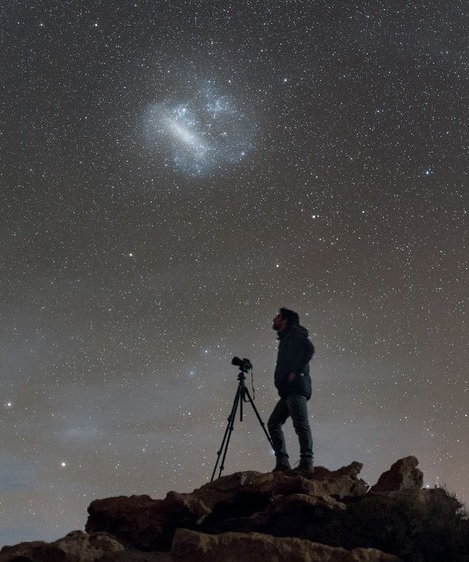
As you said, you organize workshop in Canary islands every year. Do you follow the performance of its participants? Are there some talented ones among them, who will take over the baton from you?
Many of my Canary Islands workshop participants are already quite skilled in photography, and well versed in astronomy and astrophotography. We have had a handful of astrophysicists attend my Astromaster Workshop and a few years ago we even had an astronaut attend. I hear from students on a regular basis and many choose to come back again and again. The Canary Islands is a special dark sky reserve and the participants are able to master complicated photography techniques through the course of the workshop. While I am not ready to hand the baton over quite yet, I can say I hope to discover future TWAN photographers in this group.
Astronomers photographing deep-sky objects in the past called asteroids as vermin of the sky. Are Starlink satellites the biggest threats to astrophotographers these days?
It's a major issue. On one side we know more than 3 billion people have no access to the Internet, and 5 billion do not have fast internet equivalent to major cities in the developed world. On the other side are us night sky photographers, astronomers, and many millions who care deeply about nature conservation. The night sky is an essential part of nature and like any other natural resource, it should be protected. The main concern is how many of these mega constellation projects we are facing. These projects are not collaborating, but commercially competing, and the UN has not formulated a clear strategy on this. The astronomy community itself is too small to control this, but the influence of its leaders in the political world can steer us to a common ground between the two sides. SpaceX has already started collaboration with AAS and individual astronomers in order to reduce the impact. They have equipped shields to their satellites that help orient the highly reflective parts away from Earth. However, they can still be easily visible to the naked eye during the orbit rising stage.
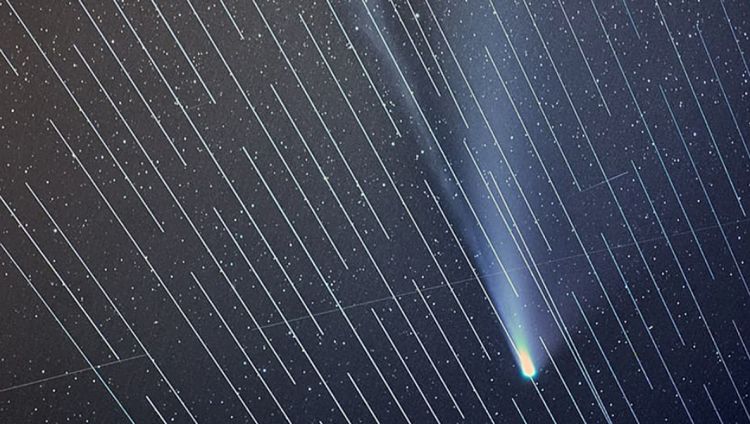
A 10-20 second nightscape exposure that prominently reveals the Milky Way allows you to capture stars to magnitudes 7-8; and when using faster higher focal length lenses such as 50mm and 85mm at f1.4 you reach magnitude 9-10 in such a short exposure. On the 135mm 1.8 or 105mm 1.4 lenses I used under dark transparent night skies, I can reach magnitude 12-13 in 5 seconds at high ISO. The Starlink satellites in their nominal orbits will be at magnitude 7-8 and that means it is visible in all of these images.
For astronomers there are two hopes: One hope is new algorithms prepared by ESO to automatically recognize and remove these satellites from the images. The other hope is that many of the Starlink satellites will go in orbits where they hide in the Earth's shadow before the end of astronomical twilight. How far into the night a satellite is visible depends on its altitude and the observer’s latitude. The mega constellations being proposed are at a wide variety of altitudes in low-Earth orbit. Lower altitudes mean brighter satellites, but they’re also visible for less of the night (except for summer in high altitudes like Poland). Satellites in higher altitude orbits are going to be the major issue for astronomers. They will be fainter but easily visible in the images.
How do you see the present and future of modern astrophotography and which area (deep sky, landscapes, events on the sky) can most captivate people's attention?
The night sky became a forgotten part of nature for many people in urban areas. This is also important to ecosystems. The lives of many species are disturbed by light pollution. Seeing a real dark sky is a must-have-experience for each of us, to see the Earth and ourselves as a part of a much larger universe. So the true, current challenge of astrophotography is to bring this back to our society. To raise public awareness of what is out there and why we should protect the night sky from light pollution.
Because of astronomy outreach programs and ever more sensitive off-the-shelf digital cameras, astrophotography is now reaching people in new countries, where there were only a few individuals who had this interest in the past. Astrophotography will continue to have a big impact on bringing this science to people, involving astronomy with art and culture. Meanwhile the contribution of advanced astrophotographers to cutting edge research will continue in new forms. Traditionally comets, asteroids, novae and supernovae, and many deep sky objects were found using amateur equipment. While this is still a major amateur contribution, the growing number of professional robotic sky survey programs that identify new minor planets, monitor variable stars, and map the night sky in large scale, open other opportunities for amateur contribution. The amount of data produced by professional observatories is so immense that there is a great need for human resources to process the images. So I see a future of Pro-Am collaboration in astronomy more in the field of analyzing data and processing images, rather than creating them; although amateur discoveries using their own telescopes will probably continue prominently in search for supernovae, and follow up observations of new discovered objects.
How can you describe amateur and professional astronomy in Iran?
Iran has a long history of astronomy with world known astronomers such as Al-Sufi, Al-Biruni and Al-Tusi. Al-Sufi was the first astronomer in history to record some of the deep sky objects such as the Andromeda Galaxy. Many stars were named by Persian astronomers: Aldebaran (Tascheter), Antares (Satevis), Formalhaut (Haftorang/Hastorang) and Regulus (Venant). There has been a rising movement of astronomy over the last decade which reignited a younger generation‘s passion for the night sky. Much of this interest has been popularized by Nojum Magazine, the only popular magazine for astronomy in the Middle East. About 30 observatories exist in the country, most for amateur astronomy and public use. There are currently several thousand amateur astronomers in Iran (60% women), over 100 professional astronomers and 100 or more amateur astronomy groups in the country.
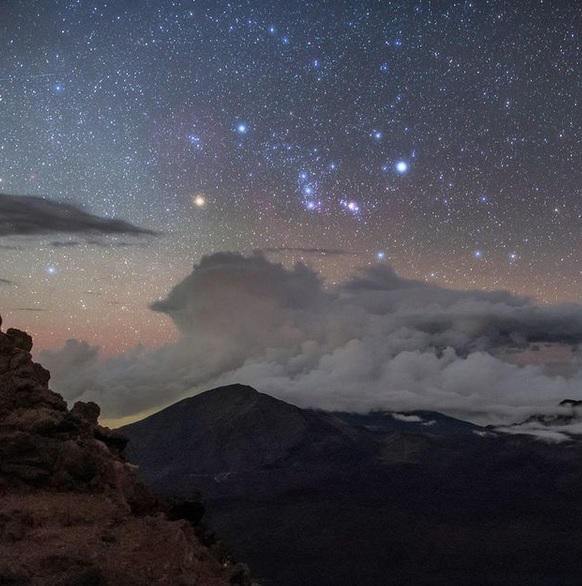
What´s your favourite astronomy related quote ?
“Night hides a world, but reveals a universe“.
Iranian proverb
This phrase of an unknown source has the general expression of many Persian poetry that connects our life to the night sky.
Is there anything you haven't been able to capture yet?
Yes, plenty. On the top of the list is a supernova in the Milky Way, and I'm not the only one who wishes for that. The last one witnessed was more than 400 years ago. I also wish to photograph a long list of subjects from the Earth orbit if I ever manage to visit.
Czech astronomer Petr Horalek uses the expression "7 pearls of astronomy" for the most spectacular astronomical events he wishes to experience. What would be your 7 pearls?
Milky Way supernova, Great Comet, Meteor Storm, Aurora Storm (at Kp9), Total Solar Eclipse, A close planetary conjunction of Venus and Jupiter, seeing your own shadow casting by light of Venus or the galactic center in a truly dark site.
What gives you the most satisfaction in the work you are doing?
Sharing the beauty and wonders of the night sky and with people who are unfamiliar with this part of our nature. And using this to preserve the remaining natural night environment of our planet.
When you are not thinking about a new composition of the your next photo, how do you spend your free time, what do you do to relax?
Spending time with my family, traveling, hiking, reading, and music are my main other hobbies. But astronomy is my life!
